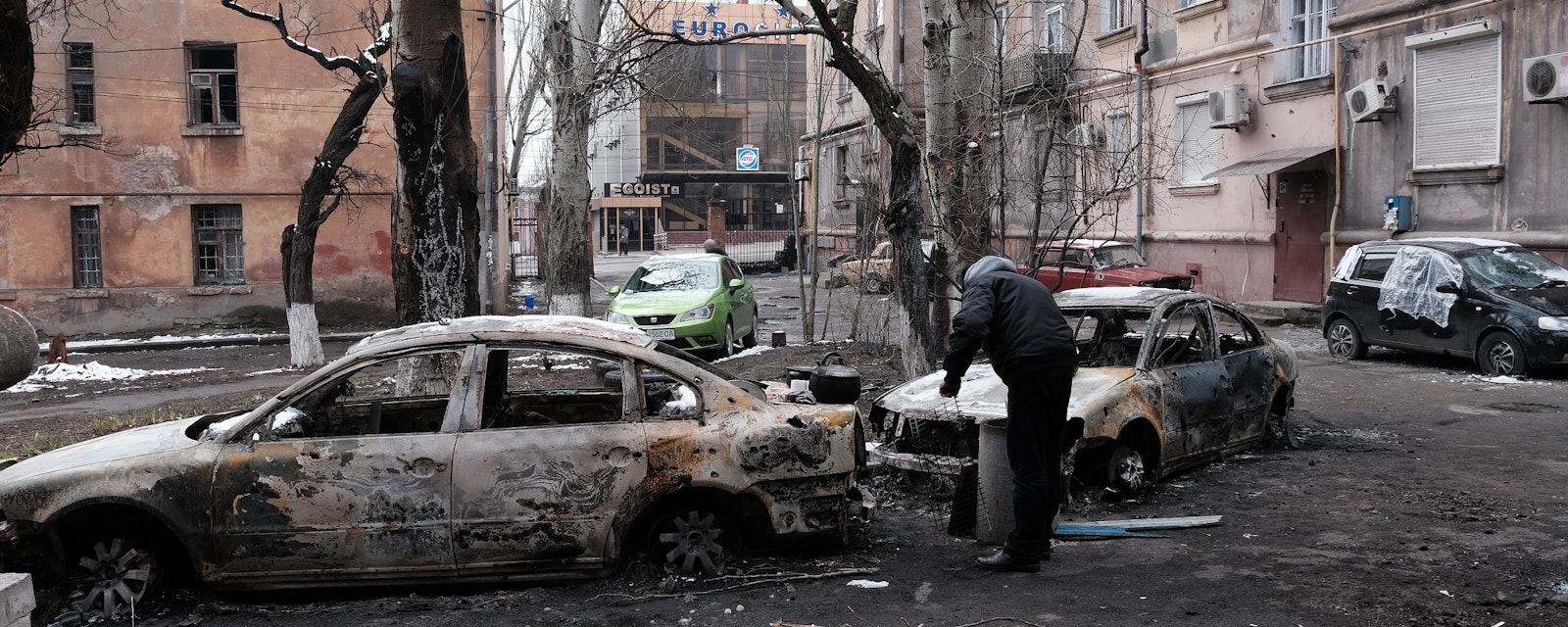Russia is seeking to solidify its defensive positions around Kyiv and is increasingly focusing on taking control of the Luhansk and Donetsk regions, particularly the Mariupol port. At home, President Vladimir Putin is taking extreme measures to mitigate the risk of public and political discontent with the war and its economic fallout. As the war continues, private enterprises operating in Russia may face political pressure to support the country’s war efforts.
Digging in Around Kyiv, Attacking in Donbas
The stalled offensive around Kyiv has forced the Russian forces to shift from an offensive to a more defensive stance in the occupied territories. However, Ukrainian counterattacks are seeking to push back the Russians from strategically important areas, such as Bucha, Hostomel, Irpin or Makariv (north)west of the capital city and Brovary to the east. While the capital remains vulnerable to attacks from the air, a major ground offensive on the capital appears unlikely in the near term.
The situation is different in the besieged Mariupol port (Donetsk region), where the Russian forces are slowly advancing towards the city center. Besides the continued indiscriminate bombardment, Russia is now forcibly deporting thousands of residents to Russia to intimidate and demoralize the population, which already deals with an extremely difficult humanitarian situation. It is hard to see how the surrounded city could withstand Russian pressure for much longer without external help and supplies.
The seizure of Mariupol would represent a strategic victory for Russia helping to secure a land corridor to the annexed Crimea and launch further offensives in Donbas. At the same time, the defeat of the Mariupol-based Azov Battalion – considered by Moscow as a neo-Nazi militant group – would meet Russia’s “denazification” objective. Full control of the territories claimed by the self-proclaimed republics (LPR and DPR) in Donbas is one of Moscow’s (minimum) objectives, reaffirmed by the country’s defense ministry on 25 March. As a result, the Russian forces will likely focus on this particular region in the coming days, particularly as this is one of the few areas where their offensive is able to grind forward.
It is noteworthy that Chernihiv in north Ukraine has been almost encircled by the Russian forces and is at risk of facing a similar situation as Mariupol. The city is under constant shelling, while communications and supplies of water and electricity have been cut off. The destruction of the bridge over the Desna River earlier this week is further complicating humanitarian deliveries.
Overall, Russia’s attempts to fortify its positions on the ground, its harsh rhetoric towards Ukraine and the West as well as slow-moving talks between Moscow and Kyiv suggest limited prospects of de-escalation in the near term. As previously noted, the stalling military operation increases the risk of wide-scale indiscriminate bombardments and even the use of unconventional weapons. The Kremlin will likely feel the pressure to deliver at least some objectives in Ukraine – such as complete control of Donbas – ahead of the Victory Day (9 May) celebrations, which is one of the country’s most important celebrations marking the Soviet victory against Nazi Germany in WWII.
Mitigating Risks at Home
The longer the war lasts the more various risks Putin faces at home. As a result, the authorities are taking draconian measures to gain complete control of the informational environment and limit the chances of internal instability. The government this week banned popular Western social media platforms and approved harsh penalties for any criticism of Russia’s actions in Ukraine. Meanwhile, a brutal crackdown of anti-war protests in the first weeks of the invasion has successfully discouraged any significant public actions in recent weeks. The sentencing of the opposition leader Alexey Navalny for an additional nine years in a maximum-security prison this week sent another warning to Putin’s potential political opponents.
However, the rapidly deteriorating economic situation presents a major challenge for Putin and could weaken social cohesion in the medium term. The country is already facing shortages of some products (such as sugar or medicines) and the situation will continue to deteriorate as the volume of imports dropped by 59% compared to mid-February. Annual inflation jumped to 14.5% in mid-March and the country’s central bank (optimistically) forecasts prices to increase by 18.3% inflation in 2022. Significant supply chain disruptions and the suspension of activities by hundreds of foreign companies will inevitably boost unemployment levels. While the government is urgently rolling out various support schemes for businesses and the public, the central bank has warned about looming “temporary” economic challenges due to upcoming “large-scale structural transformation”.
As the war continues, enterprises operating in Russia face growing political pressure to support the country’s war efforts. For example, the government has called private operators of railway freight cars to allocate a certain share of their inventory to fulfill unspecified “state tasks”. The government with the industry regulators is set to prepare specific proposals on the topic by 10 April. Such a move could also partially undo one of the major post-Soviet infrastructure privatizations completed in 2003.




